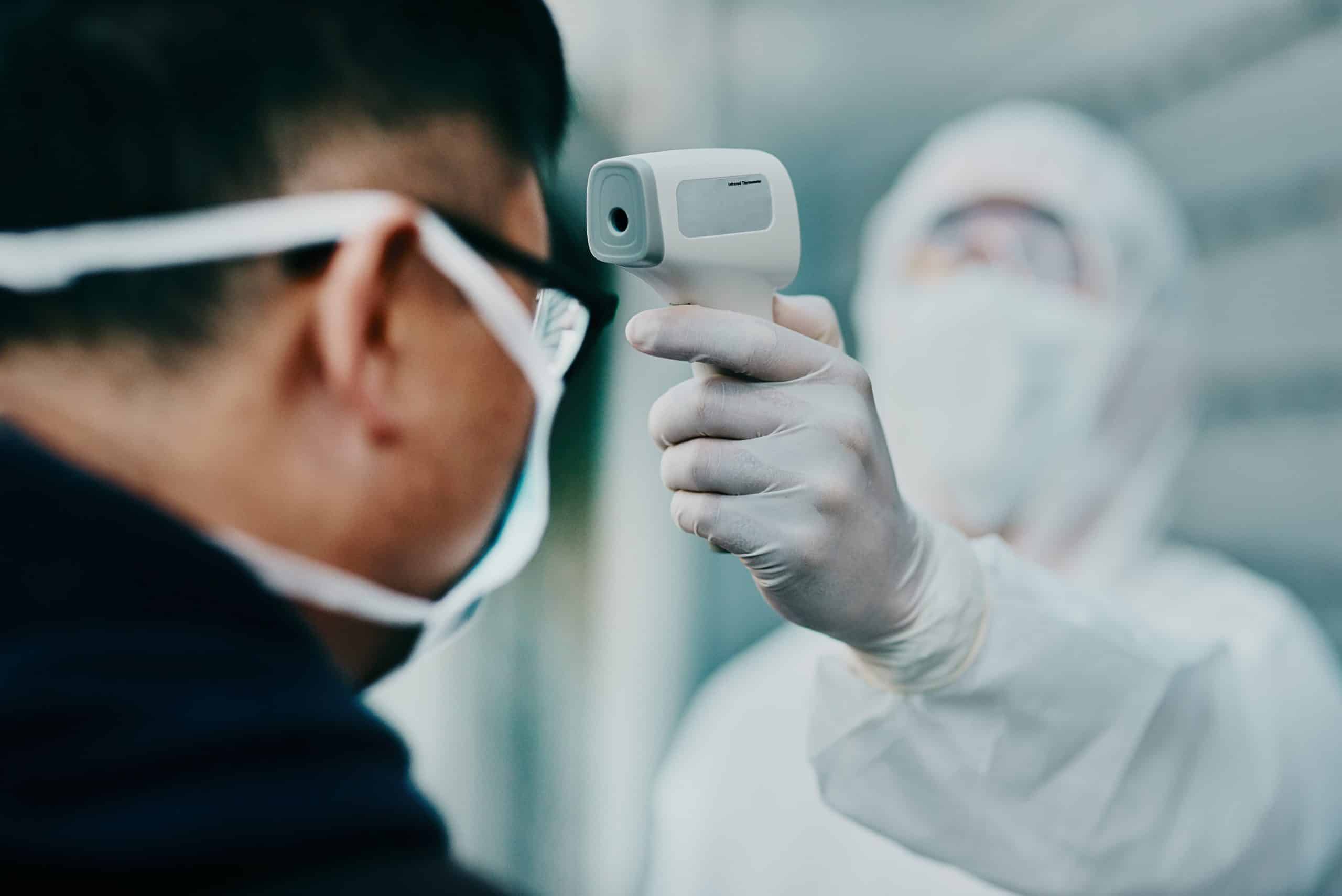How Can Deep Learning Algorithms Detect Early Signs of Neurodegenerative Diseases?

In a rapidly digitalizing world, there’s a pressing demand to harness the potential of data and machine learning to improve healthcare outcomes. One particular area where this approach is making headway is in the early detection of neurodegenerative diseases, such as Alzheimer’s. This article will delve into how deep learning algorithms can aid in identifying early signs of such illnesses, using data from resources like CrossRef, PubMed, and Google Scholar, and tracking patient indicators such as eye movement and cognitive function.
The Role of Deep Learning in Disease Detection
Deep learning, a subset of machine learning, has shown potential in its ability to recognize complex patterns and make accurate predictions. It is being extensively applied in various fields, including healthcare, where it is being used to detect early signs of diseases.
En parallèle : What’s the Future of Personal Security Devices with AI Integration?
When it comes to neurodegenerative diseases, early detection is crucial. These diseases, such as Alzheimer’s and Parkinson’s, are characterized by the gradual degeneration and death of nerve cells, which leads to a decline in cognitive abilities. By the time symptoms become noticeable enough for a diagnosis, the disease has often progressed significantly.
Deep learning algorithms can analyze a vast amount of data and identify subtle changes that may indicate the onset of a neurodegenerative disease. This data can come from various sources, including patient medical records, imaging studies, and cognitive tests. With access to platforms like CrossRef, PubMed, and Google Scholar, algorithms can process and learn from a wide array of research papers and case studies.
Avez-vous vu cela : What Are the Latest Advances in Smart Grid Technology for Energy Optimization?
Eye Movement as an Indicator of Neurodegenerative Diseases
While brain scans are frequently used in disease diagnosis, tracking eye movements can also provide valuable insights into a patient’s neurological health. Studies have shown that certain eye-tracking metrics can indicate cognitive impairment, which is often an early sign of neurodegenerative diseases.
Deep learning models can monitor and analyze eye movements, looking for abnormalities or changes over time. For instance, a patient’s inability to follow a moving object with their eyes or unusual patterns of saccades (rapid eye movements) could potentially indicate early-stage Alzheimer’s or another neurodegenerative condition.
The Use of Patient Data for Disease Classification
The combination of patient data and deep learning enables more accurate disease classification. This is particularly important in the early stages of neurodegenerative diseases, where symptoms can be subtle and easily overlooked.
Patient data can take many forms, including medical histories, genetic data, brain scans, and cognitive test results. Deep learning algorithms can sift through this data, identifying patterns and correlations that may not be readily apparent to human observers.
For example, using a machine learning model trained on a data set of patient brain scans, the algorithm can compare a new patient’s scan to those of diagnosed Alzheimer’s patients. If the scan shows similar patterns to those in the Alzheimer’s data set, the patient may be at risk of developing the disease.
Mild Cognitive Impairment (MCI) as an Early Sign of Neurodegenerative Diseases
Mild Cognitive Impairment (MCI) often precedes more serious neurodegenerative diseases. Those with MCI experience cognitive changes that are noticeable but not severe enough to interfere with daily life or independent function. While not all who have MCI develop a neurodegenerative disease, they are at a higher risk.
Deep learning can help detect MCI through cognitive tests and other data. It can analyze this information and identify patterns that may suggest MCI. Moreover, the learning algorithm can continue to update and improve its predictions as more data is gathered, improving early diagnosis rates over time.
How Deep Learning Facilitates Early Diagnosis
Early diagnosis is crucial in managing neurodegenerative diseases. The sooner a disease is detected, the more effective the treatment can be. While currently there’s no cure for diseases like Alzheimer’s, early intervention can slow down the disease’s progression and improve the patient’s quality of life.
Deep learning algorithms, with their ability to process and learn from vast amounts of data, can aid in this early detection. By analyzing patient data, such as brain scans, eye-tracking metrics, and cognitive test results, they can identify potential early signs of neurodegenerative conditions. The use of resources like PubMed, CrossRef, and Google Scholar also allows these algorithms to stay up-to-date with the latest research and findings in the field.
While the role of artificial intelligence in healthcare is still evolving, its potential to drastically improve disease detection is promising. The early detection of neurodegenerative diseases is just one example of how this technology can contribute to better health outcomes. Should this trend continue, we may soon see a future where diseases are consistently caught in their early stages, resulting in improved prognosis and enhanced patient care.
Convolutional Neural Networks in Image Analysis
Convolutional neural networks (CNN) are a type of deep learning algorithm that is particularly useful in image analysis, a critical aspect of early detection of neurodegenerative diseases. These algorithms can process complex images such as MRI and PET scans, identify patterns, and make accurate predictions based on those patterns.
For example, in Alzheimer’s disease, certain areas of the brain begin to shrink before symptoms become apparent. By analyzing brain scans, a CNN can identify this pattern and raise a flag for further investigation. Similarly, in Parkinson’s disease, certain structures in the brain begin to lose cells, and this can be detected in neuroimaging studies.
The inclusion of CNNs in disease detection improves the accuracy and speed of diagnosis. The algorithm can analyze hundreds of images in seconds, a task that would take a human observer significantly more time. Furthermore, the CNN continues to learn as more data is added, thus improving its diagnostic competence over time.
The strength of CNN lies in its ability to leverage layers of artificial neural networks to extract and transform features from raw data. It mimics the human brain’s ability to recognize patterns and make connections between seemingly unrelated pieces of information. Therefore, CNN is a potential game-changer in the field of early detection of neurodegenerative diseases.
Deep Learning Algorithms in Healthcare: A Conclusion
The application of deep learning algorithms in healthcare has unlocked new doors to early detection and the management of neurodegenerative diseases. By using technologies such as convolutional neural networks, machine learning, and data from sources like PubMed, Google Scholar, and CrossRef, we can detect early signs of diseases like Alzheimer’s and Parkinson’s.
The ability of these algorithms to sift through vast amounts of data, identify patterns, and make accurate predictions is a great leap forward. By analyzing patient data, brain scans, eye tracking metrics, and more, they provide invaluable insights that could potentially translate to early detection and intervention.
While these technologies are still in their relative infancy, the potential they offer is immense. As algorithms continue to learn and improve, the accuracy of early detection should continue to rise. This could translate to better patient outcomes, slower disease progression, and improved quality of life for patients suffering from these conditions.
However, as we harness the power of artificial intelligence in healthcare, it is essential to consider ethical and privacy concerns surrounding the use of patient data. It will be critical to establish robust policies and safeguards to ensure data security and patient privacy.
In conclusion, deep learning algorithms are an exciting frontier in the early detection of neurodegenerative diseases. They could revolutionize the field, leading to earlier intervention, better patient care, and ultimately, a better understanding of these complex conditions. As we continue to innovate and refine these technologies, we can look forward to a future where early detection and management of neurodegenerative diseases become the norm, not the exception.
